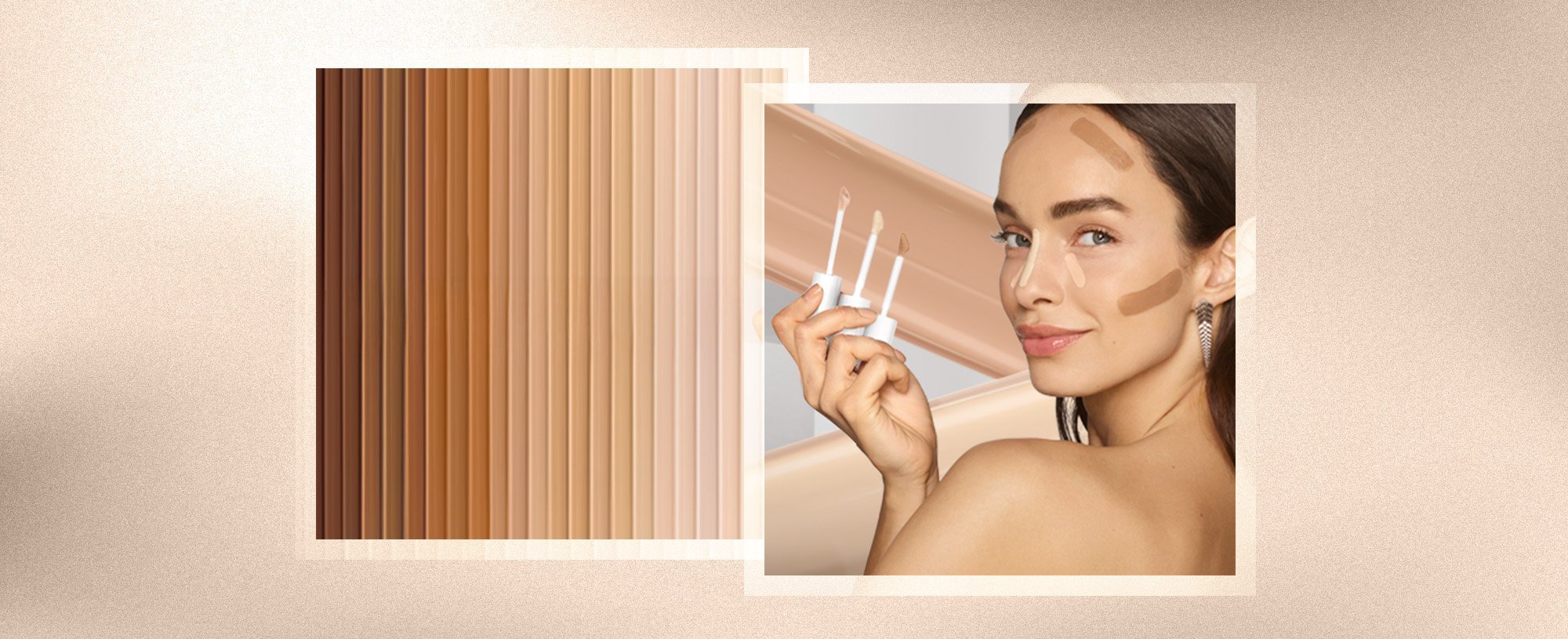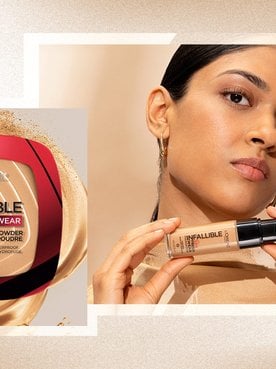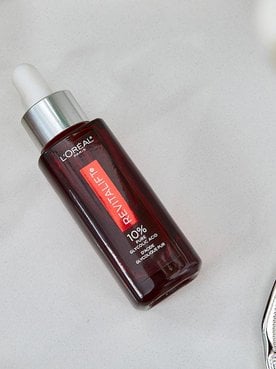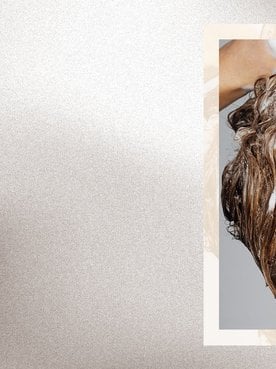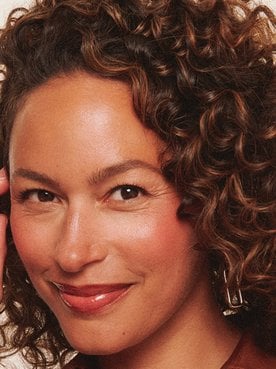Contouring is one of those makeup techniques that can transform your entire look. It enhances features when done right, but looks muddy when wrong. It’s easy to understand why so many beauty lovers feel intimidated by it. But the truth is, learning how to contour doesn’t have to feel like a professional-only skill. With the right products, tools, and techniques, you can sculpt cheekbones, slim your jawline, and create balance in your features while still keeping your look natural.
Before you pick up your brush, sponge, or contour stick, let’s break down the most common contouring mistakes and how to avoid them. By the end, you’ll know exactly how to apply contour and blend it seamlessly, no matter your face shape.
Contouring Mistake #1: You Choose Shades That Are Way Too Dark
One of the fastest ways to end up with contouring gone wrong is by picking a shade that’s far too dark. Instead, aim for a cool-toned product that’s just one to two shades deeper than your skin tone. This ensures a natural shadow effect instead of harsh streaks.

The L'Oréal Paris Infallible Full Wear Concealer Up To 24H Full Coverage offers 25 versatile shades with full-on coverage for up to 24 hours. Its pigmented, matte formula works beautifully for defining cheekbones and slimming the jawline. For a softer finish, the L'Oréal Paris True Match Radiant Serum Concealer delivers medium coverage while infusing skin with hydrating hyaluronic acid. With 24 shades, it’s also a great choice for subtle sculpting and brightening.

Contouring Mistake #2: You Use Too Much Highlighter
Highlighter is meant to complement your contour, not overpower it. Too much shimmer can take you from radiant glow to disco ball in seconds. Keep in mind: contour adds shadow, while highlighter brings features forward. Both should be applied with a light hand.
For a dewy, glass-skin finish, try the L'Oréal Paris Lumi Le Glass Highlighter Stick. Its reflective formula glides smoothly across skin, melting into your makeup without looking heavy. The lightweight stick format also makes it easy to apply on-the-go for a subtle yet dimensional glow.

Contouring Mistake #3: You Mismatch Formulas
Mixing textures is a common error that leads to a cakey, uneven finish. For example, pairing a cream contour with a powder highlighter often looks patchy. To avoid this, stick to matching formulas: creams with creams, powders with powders, and liquids with liquids. This will keep your base smooth and your contour natural.
Shop the Products
Contouring Mistake #4: You Don’t Take Your Face Shape Into Consideration
Not every face shape should be contoured the same way, which is why it helps to understand your face shape and how to contour your own specific features. A heart-shaped face benefits from softening the forehead and balancing the chin, while a round face looks more defined with contouring under the cheekbones and along the jawline. If you have an oval face, applying contour along the chin and jawline can subtly shorten the face’s appearance, creating harmony. The key is learning how to contour your face by shape so that your features are enhanced naturally instead of risking a contouring-gone-wrongsituation.
Contouring Mistake #5: You Don’t Focus on the Right Areas
If you’re applying contour randomly, chances are you’re not enhancing your natural structure. Instead, focus on key areas: cheekbones, jawline, forehead, and nose. Apply your darker shade along these spots, and follow with highlighter under the eyes, down the nose, between brows, and on the chin.
Do you put contour on before or after foundation? Always do it after foundation. Contour blends more seamlessly over a set base and ensures the colors stay true.
Contouring Mistake #6: You Only Focus on One Area
Contouring just one area can make your makeup look unfinished. Balance is key, and your application should always be thought of as part of an overall framework rather than a single accent. To avoid an uneven appearance, always place contour on both sides of the face and highlight complementary points. If you contour your cheekbones, also add definition along your jawline and temples to maintain harmony. Symmetry and balance make the finished look natural, polished, and flattering from every angle.
Contouring Mistake #7: You Use the Wrong Tools for Application
Using your fingers might seem convenient, but it rarely delivers precise results and can quickly lead to contouring gone wrong. Instead, pair your contour stick or cream product with the right tools if you want to learn how to apply contour like a pro. Use an angled brush for sharp definition and a damp sponge for diffused blending. This combination gives you precision and a natural finish without harsh edges. Making it easier if you are learning how to contour your face or how to contour your nose with subtle definition, especially if you are a beginner.
Contouring Mistake #8: You Skip Out on Blending
Blending is the difference between pro-level sculpting and obvious makeup lines, and it’s one of the most important skills to practice when learning how to blend contour. Always blend your contour upwards, not downwards, to lift your features and avoid the heavy look of too much contour. Use a sponge or buffing brush in circular motions, making sure there are no visible edges, especially around the jawline and nose, where contouring gone wrong tends to show most.
Contouring Mistake #9: Not Using a Setting Spray

Even the most flawless contour can fade or smudge if it isn’t set. Lock in your look with a setting spray to prevent midday makeup slips. The L'Oréal Paris Infallible 3-Second Setting Mist helps hold everything in place while refreshing the skin with a light mist, ensuring your contour stays in place all day. Its ultra-fine spray sets makeup without feeling sticky, is transfer-resistant, and keeps your look fresh for up to 36 hours.
Shop the Products
FAQs About Contouring
Do you put contour on before or after foundation?
Always apply your contour after foundation. Once your base is set, you can go in with contour to add depth and dimension. This makes blending smoother, keeps the tones true, and helps you avoid patchiness.
How to contour your nose?
To define your nose, lightly trace a thin line of contour down each side of the bridge, starting near the brows and ending at the tip. Blend carefully so there are no harsh edges, then pop a bit of highlighter down the center for balance. This simple technique adds structure without looking heavy.
How to use a contour stick?
A contour stick is one of the easiest tools for beginners. Just draw your lines directly onto the skin like you’re sketching your face map. Then blend with a sponge or brush until everything melts seamlessly into your foundation for a soft, natural sculpt.
Next Up: How to Find Your Skin Undertone and Use It to Your Advantage
Photo courtesy of L’Oréal Paris
Photo credit: IG/@maquilladoralucreativa
